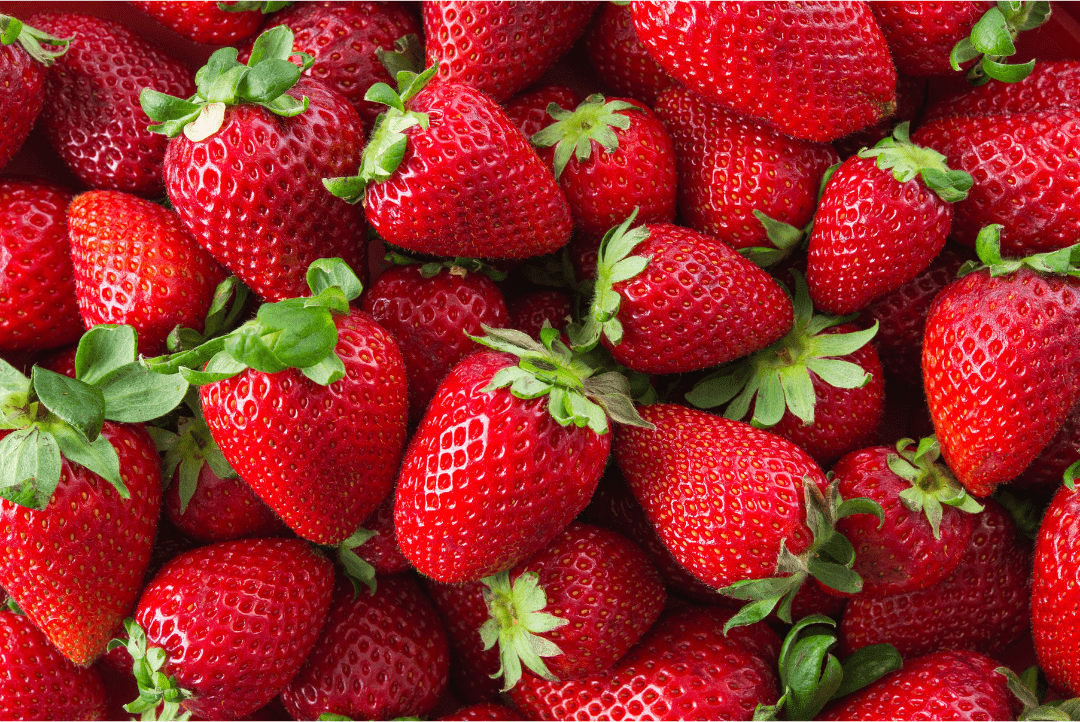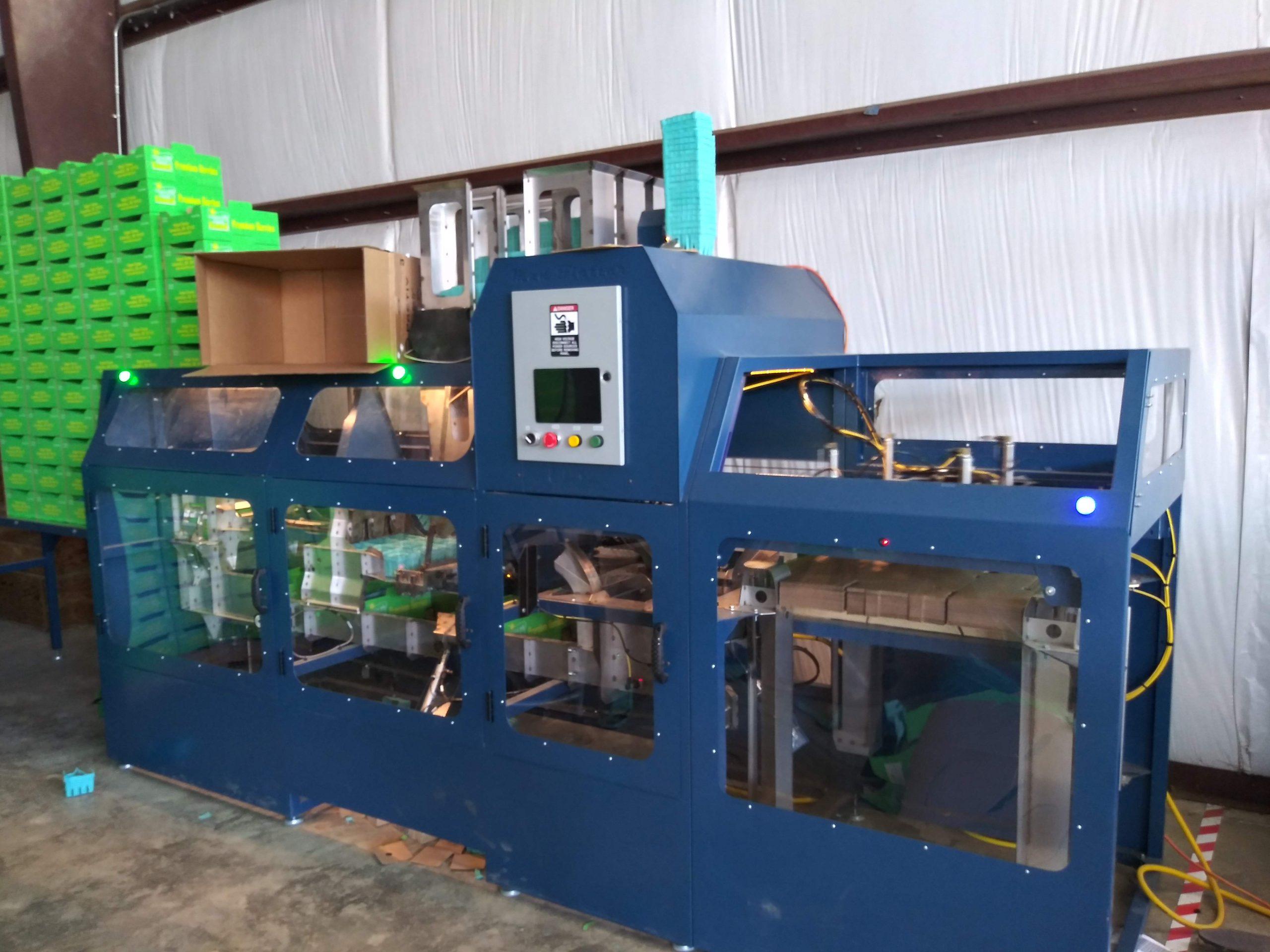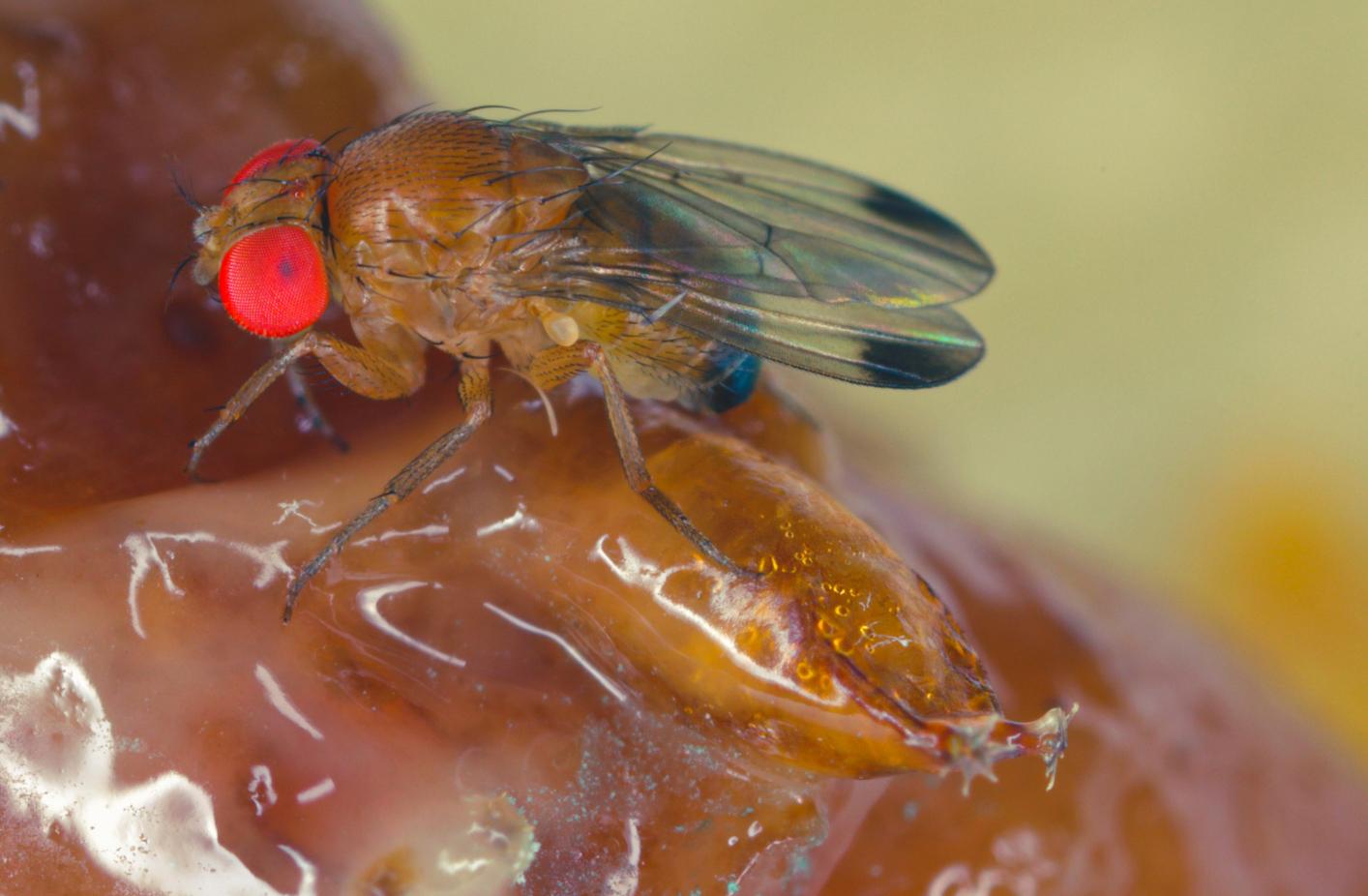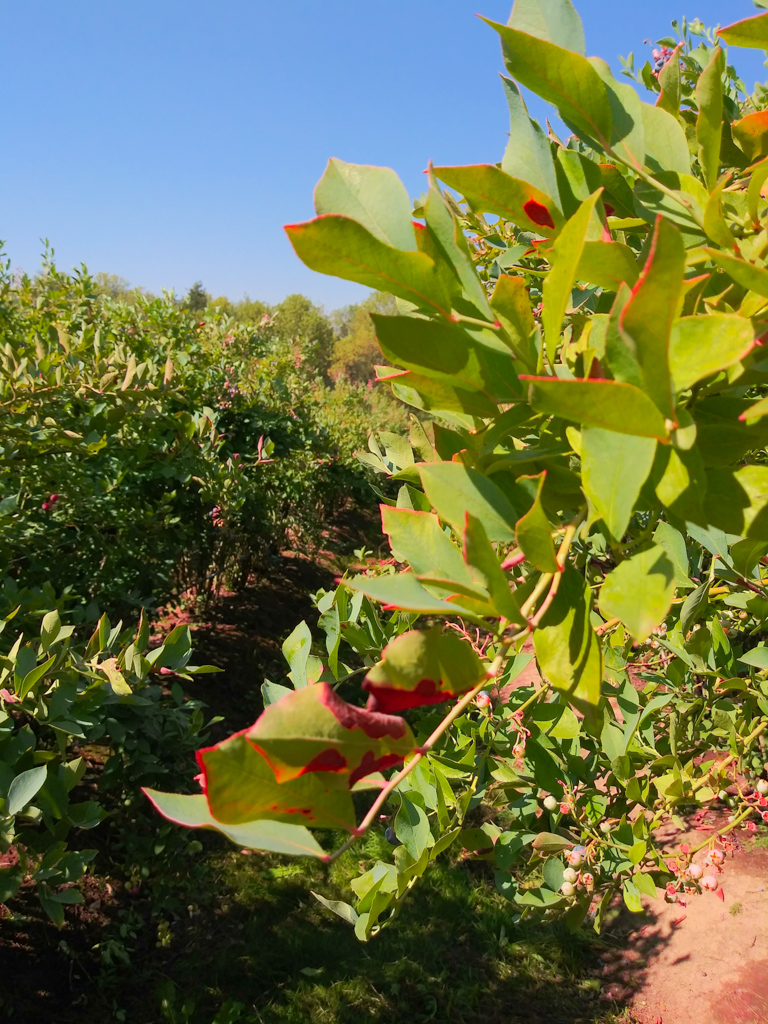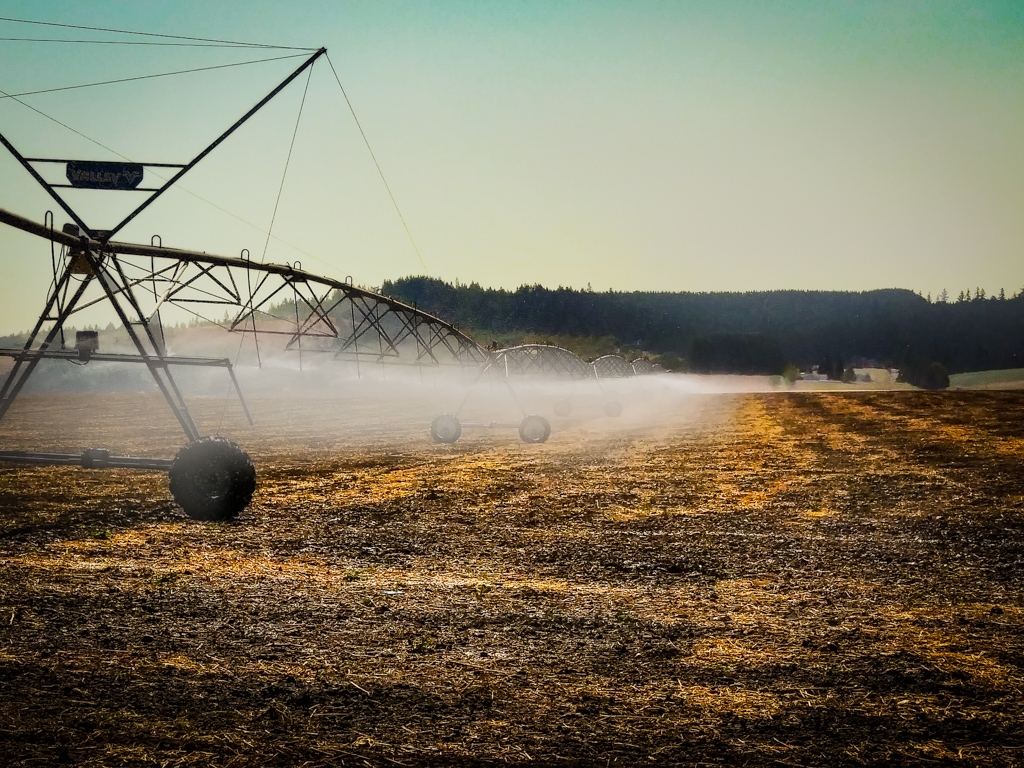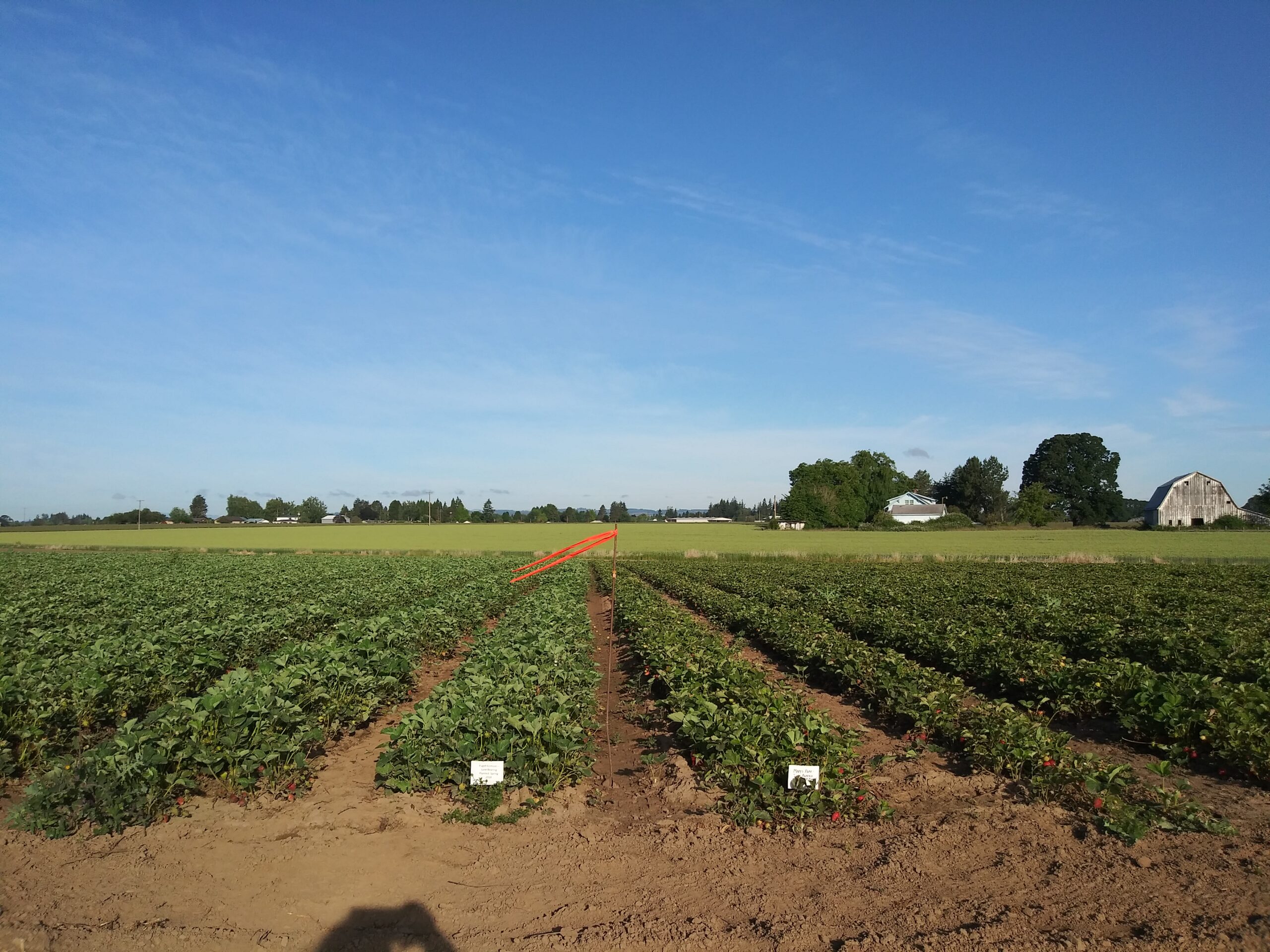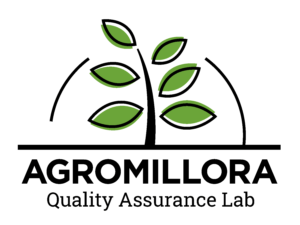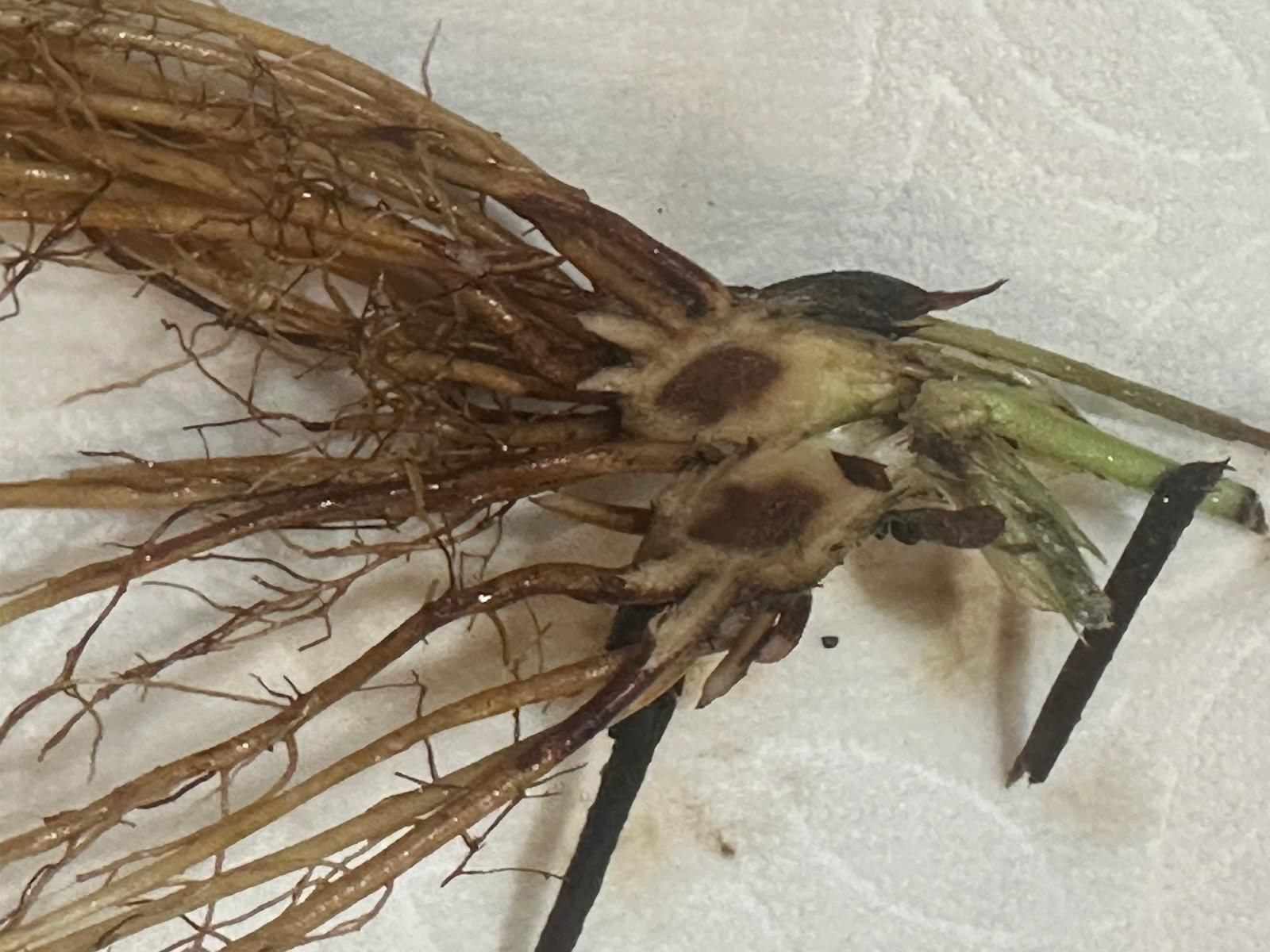
Photo 1. ‘Sweet Sunrise’ mother plant cross section after January, 2024 cold weather event. Freeze damage evident by darkened pith tissue, lower vascular tissue, and roots which hinders survival. Photo by Cody Edwards, Yakima Berry Company.

Photo 2. ‘Sweet Sunrise’ daughter plant cross section after January, 2024 cold weather event. Slightly damaged crown likely to recover if heat and moisture stress in the spring is minimized. Photo by Cody Edwards, Yakima Berry Company.
By: Julie Pond (Northwest Berry Foundation), Lisa Wasko DeVetter (Washington State University), Scott Lukas (Oregon State University), Ted Mackey (USDA-ARS), Michael Dossett (B.C. Blueberry Council, Raspberry Industry Development Council, B.C. Strawberry Growers’ Association)
There have been occasional temperature drops in the PNW that raise concern for berry crops. Above ground temperatures below 6F (-14C) can cause sensitivity to day- neutral and June-bearing strawberries. Damage is contingent on several factors, including stage of dormancy, temperature and duration of low temperature exposure, varietal cold sensitivity, and wind factors. All field-grown strawberries were dormant during the mid-January cold-weather event. The following is a short summary of strawberry plant observations one to two weeks after the cold snap in several PNW regions:
Oregon:
The Willamette Valley region had reported air temperatures ranging between 12F(-11C) and 15F (-9C). After several consecutive cold days, the soil temperature was 31F (-0.5C) at 2-inch depth. No June-bearing nor day-neutral plantings had any evidence of freeze damage. Most locations had snow cover during this cold event.
Washington:
Northwest WA: The lowest air temperatures in Skagit County were 10F (-12C) and 5F (-15C) in Whatcom County based on WSU Ag Weather Net data. Soil temperatures at a 2-inch depth were not below 35F (2C). ‘Tillamook’, ‘Totem’, and ‘Sweet Sunrise’ June-bearing varieties show no signs of freeze damage. Some exposed day-neutral plantings had damage of approximately 5%. Very little snow, if any, was accumulated during the coldest temperature days.
Eastern WA: Several cold days with no snow were noted in Yakima Valley. The lowest air temperature was -2F (-19C). Uncovered ‘Sweet Sunrise’ June-bearing variety showed freeze damage in the pith, the lower vascular tissue, and roots which hinders survival (Photo 1). The first two inches of soil were below freezing and percent damage is still being determined.
Slightly damaged crowns (Photo 2) were also observed and adverse heat and moisture stress in the spring can cause further stress leading to stunted growth or plant failure. Ideal spring conditions should not have an effect on production among slightly damaged plants.
British Columbia:
Fraser River Valley areas like Abbotsford and Langley exhibited freeze-damaged ‘Albion’ crowns ranging from less than 5% to around 15%, with wind exposed field locations showing the higher percent of field damage. Lowest temperature was documented at 3F (-16C) with 30mph (48km/hr) winds.

